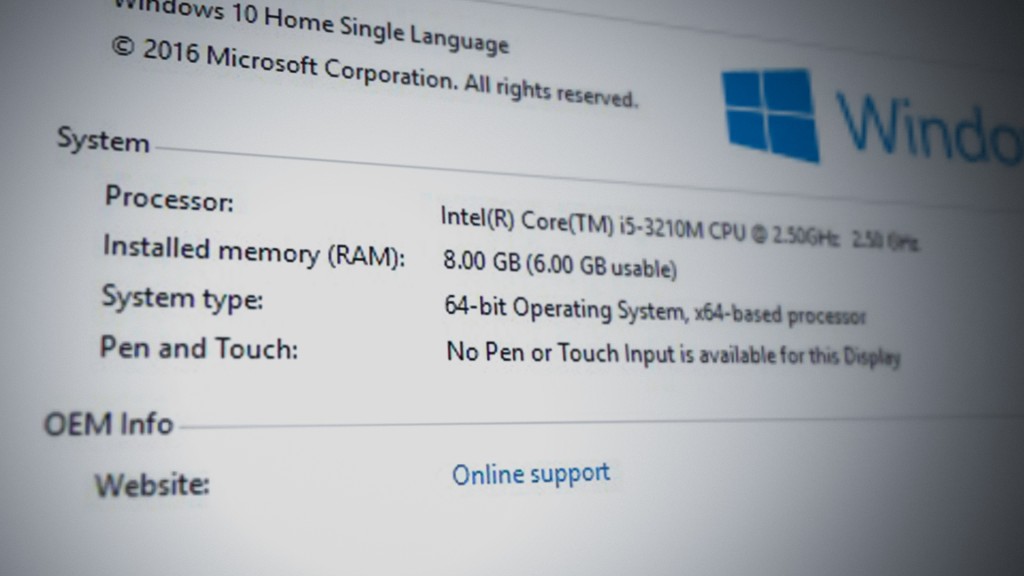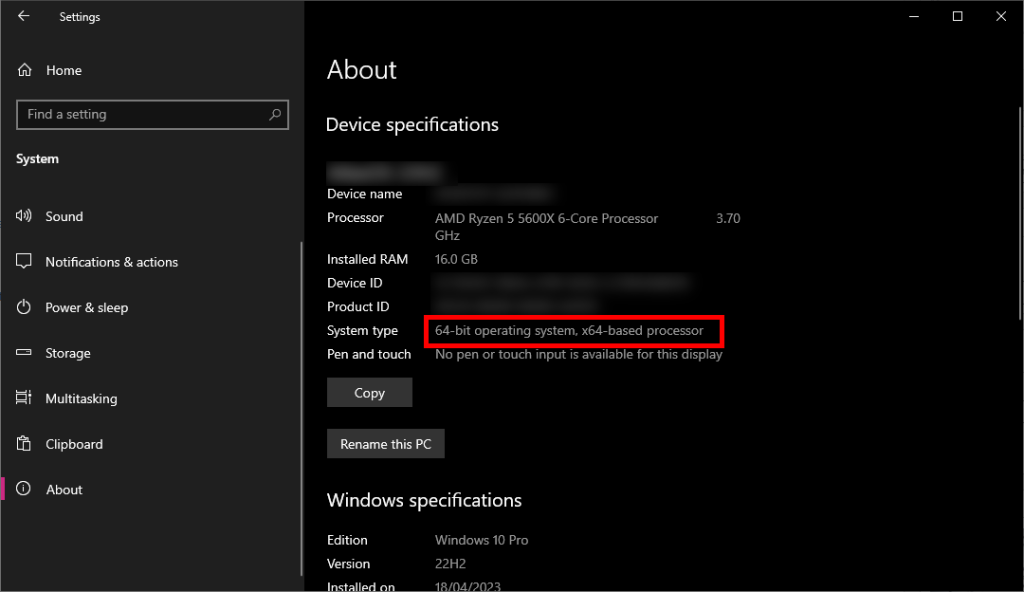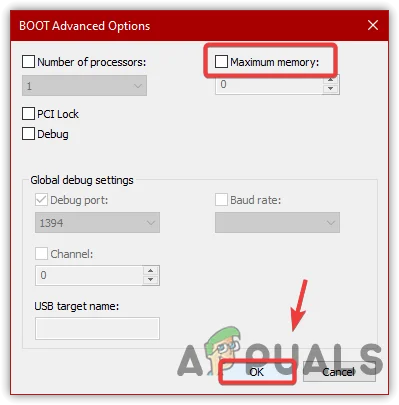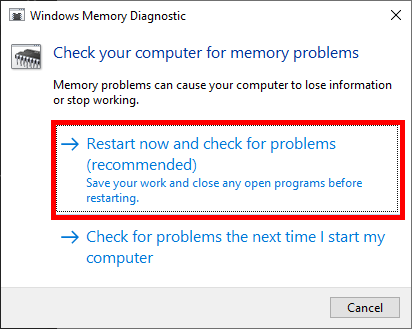How to Fix Windows Won’t Use Full RAM Issue?
When Windows doesn’t utilize the full amount of installed RAM, users often experience system slowdowns or limitations when running memory-intensive applications. This issue usually means that Windows is recognizing only a portion of the physical RAM, often due to system configurations or hardware limitations.

The most common cause is incorrect BIOS settings or limitations imposed by a 32-bit operating system, which can only address up to 4GB of RAM.
In the case of a 32-bit Windows architecture, the system will be unable to use RAM to its full capacity, as a 32-bit Windows can only utilize approximately 3.2 GB to 4 GB of RAM.
Other potential issues include an outdated BIOS, an integrated GPU reserving system memory, RAM virtualization being enabled, and the possibility of damaged RAM.
1. Upgrade to Windows 64-Bit
Upgrading to a 64-bit version of Windows allows the operating system to address significantly more memory than the 4GB limit imposed by 32-bit systems.
This is because a 64-bit OS can utilize the extended memory addressing capabilities provided by modern CPUs, enabling the system to fully access and use installed RAM beyond 4GB.
This change can resolve issues where the system is not recognizing or utilizing all available memory due to the inherent limitations of a 32-bit OS
- Click on the Start Menu and type in Settings.

- Within Settings, go to System > About.

- Check your system type. If it shows as 32-bit, proceed with the upgrade steps found in this article: How to install Windows.
2. Uncheck Maximum Memory
Windows may be artificially restricting the accessible RAM due to a setting in msconfig named ‘Maximum Memore’. By unchecking it, you instruct the operating system to ignore any preset limits and instead utilize the maximum installable memory. This could resolve issues where the OS isn’t recognizing or using all of the available RAM.
- Right-click on the Windows icon at the bottom left corner and select Run.

- Type MSConfig and press OK.

- Go to the Boot tab and select Advanced options.

- Uncheck the Maximum memory box and click OK.

- Restart your PC to see if there is an increase in RAM usage.
3. Consider Upgrading to a Dedicated Graphics Card
Integrated GPUs share your system’s memory, which can detract from the RAM available for other processes. By switching to a dedicated graphics card equipped with its own video RAM (VRAM), you not only enhance graphics performance but also release system RAM previously allocated for graphics use. This freed-up memory is then available to improve overall system performance and multitasking capabilities.
4. Check Your RAM
Should your system still not fully utilize the RAM, check the hardware to ensure that the RAM is properly installed and compatible. Also, assess any damage to the RAM modules or sockets.
This involves verifying that each RAM stick is securely locked in its slot and is functioning properly. Faulty or improperly installed RAM can lead to under-utilization, as the system may not recognize some of the memory.
Hence, this check can reveal if you need to reseat, replace, or upgrade your memory sticks to improve system performance and maximize available RAM usage.
5. Update Your BIOS
Keeping your BIOS updated is a good practice, although an outdated BIOS rarely restricts RAM usage in up-to-date systems. For BIOS update instructions, refer to the guide on How to Update BIOS.
6. Perform a Memory Diagnostic
Windows Memory Diagnostic tool methodically scans for and reports back any memory irregularity or faults, which, if present, might be the reason behind your system’s reluctance to harness the full potential of your RAM.
- Search for ‘Windows Memory Diagnostic’ in the Start menu and open the tool.

- Select the option to restart your PC and check for problems immediately.

- Once tested, Windows will reboot and provide a report on any detected memory errors.